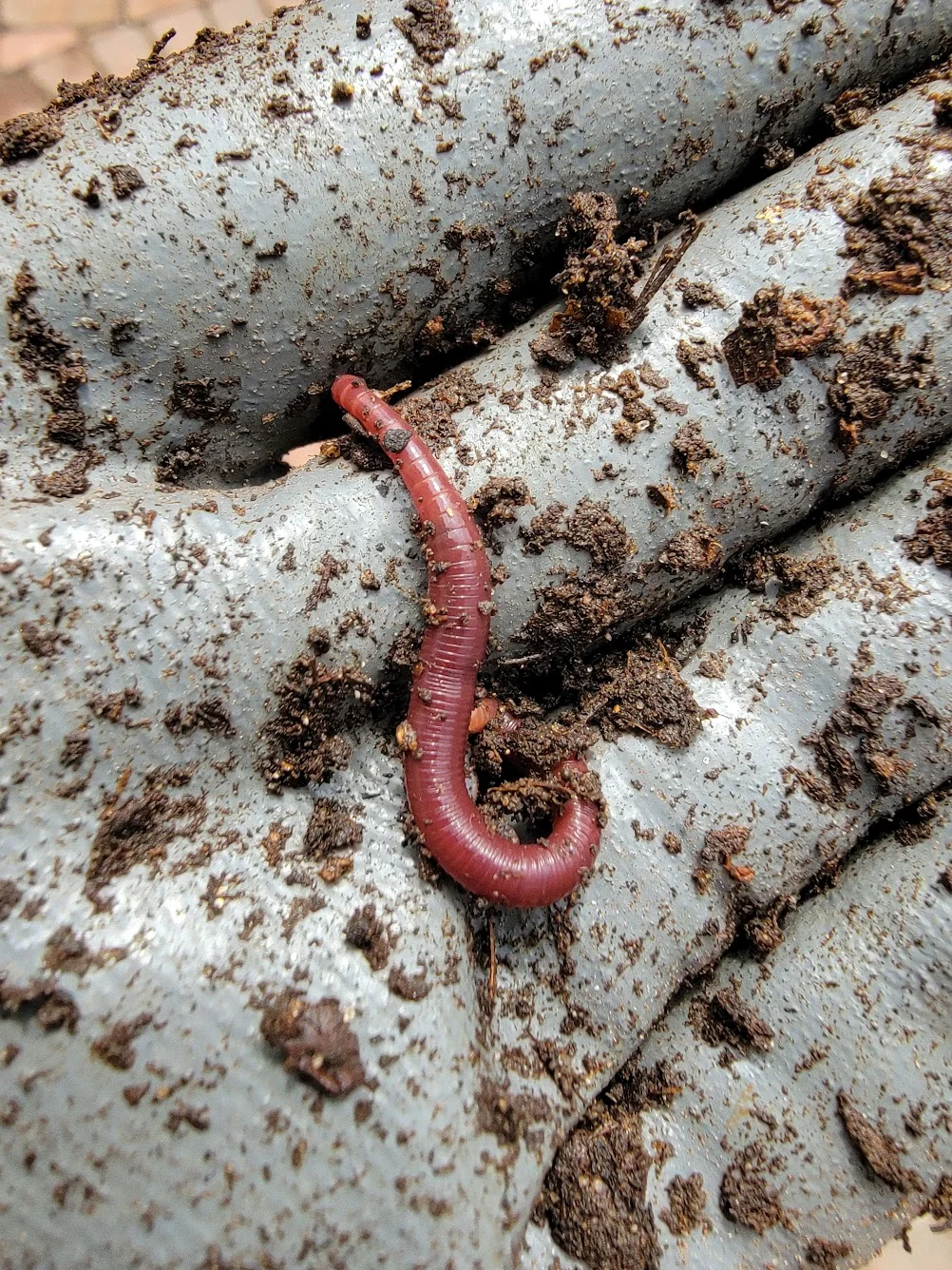Baking soda, a common household item, is renowned for its deodorizing and cleansing properties, making it an excellent choice for foot care. Many people discover unexpected benefits when they apply baking soda to their feet, from odor control to smoother skin. Here’s a look at what happens when you use baking soda on your feet and how you can try it yourself.
Benefits of Baking Soda for Feet
Baking soda offers several benefits for foot care:
1. Odor Control: Baking soda naturally neutralizes odors, making it perfect for treating smelly feet. It absorbs moisture and sweat, where odor-causing bacteria typically thrive.
2. Softens Skin: Baking soda is a mild abrasive, which means it can help exfoliate the feet, removing dead skin cells and leaving the skin soft and smooth.
3. Fungal Infections: Due to its antifungal properties, baking soda can help prevent and treat fungal infections like athlete’s foot by creating an unfavorable environment for fungus growth.
4. Soothing Soaks: Adding baking soda to a foot soak can help alleviate foot pain and discomfort, often softening rough calluses and reducing irritation.

How to Use Baking Soda on Your Feet
Baking Soda Foot Soak
Ingredients:
- 3-4 tablespoons of baking soda
- Warm water
- A basin or foot bath
Instructions:
- Fill a basin or foot bath with warm water, enough to cover your feet.
- Dissolve the baking soda in the water.
- Soak your feet in the solution for 15-20 minutes.
- After soaking, gently scrub your feet with a foot brush or pumice stone to remove any dead skin.
- Rinse your feet with clean water, dry them thoroughly, and apply a moisturizer.
Baking Soda Paste for Odor
Ingredients:
- 2 tablespoons of baking soda
- Water to form a paste
Instructions:
- Mix the baking soda with a small amount of water to create a thick paste.
- Apply the paste to your feet, especially between the toes where odor can accumulate.
- Leave the paste on your feet for 5-10 minutes.
- Rinse off the paste with warm water and dry your feet thoroughly.
Direct Application for Dryness and Odor
Simply sprinkle baking soda directly into your socks and shoes. The powder will help absorb moisture throughout the day and keep your feet dry and fresh.
What to Expect
After using baking soda, you might be surprised to find that not only do your feet smell better, but they also feel softer and more comfortable. The rough, dry patches can become smoother, and any mild fungal issues might improve.
Precautions
While baking soda is generally safe for use on feet, it’s important to avoid using it if you have open wounds or severe foot infections. Additionally, those with sensitive skin should test the treatment on a small area first to ensure there is no adverse reaction.
Using baking soda on your feet can be a simple, cost-effective way to address multiple foot care issues. Give it a try and experience the benefits for yourself!
Protect Your Garden: Eliminate the Invasive Jumping Worm

An invasive type of worm from Asia is posing a new challenge to Midwest gardeners. In gardens and yards, these jumping worms are wreaking havoc, so you need to take precautions to save your prized plants. Because they are tenacious and lack natural predators in the United States, these worms can proliferate quickly and cause destruction wherever they go.

The Asian jumping worms eat the soil, leaving it depleted and in bad condition. Their insatiable appetite modifies the structure of the soil, causing it to lose moisture retention and become depleted of nutrients. This makes the soil more susceptible to erosion, which further complicates the situation for plants trying to grow.
These worms may be really scary in addition to harming the soil. Despite the term suggesting they may “jump,” they move more like a twisted snap, which contributes to their unsettling appearance. Several states have acted to stop this dangerous invasion because they understand how important it is to handle this matter. Wisconsin, Missouri, Illinois, Iowa, Minnesota, Nebraska, Ohio, Texas, Louisiana, Indiana, Kansas, Kentucky, Tennessee, and Oklahoma are among the states that are impacted.
If you see these worms, you should get rid of them immediately to protect your garden. By stealing nutrients from the soil, these invasive worms deprive nearby plants and animals of their food supply. The local ecosystem deteriorates in the absence of a suitable habitat, which causes a decrease in the number of plants and animals.
There are steps you may take to fight these worms if you live in one of the impacted states. The University of Wisconsin-Madison Arboretum’s Brad Herrick, an ecologist, advises sprinkling a mixture on the ground to encourage the worms to come up for air and leave their underground homes. This technique can shield your garden from them and help lower their population.
A distinguishing feature of the Asian jumping worm’s body is a white ring that is situated near to its head. It’s best to get rid of these worms right away if you find them. Any mature worms you find should be disposed of after being placed in a plastic bag and left in the sun for at least 10 minutes. Furthermore, it’s crucial to avoid buying these worms for composting, gardening, or bait. Since their eggs cannot withstand temperatures higher than 104 degrees Fahrenheit, only purchase mulch or compost that has been thoroughly heated to reduce the chance of their spreading.
We can preserve the health and vibrancy of our ecosystems as well as our gardens by acting proactively to combat this invasive plant. By working together, we can end the jumping worm’s destructive reign and bring harmony back to our Midwest gardens. To find out more about these invasive worms and their effects, watch the video below:



Leave a Reply